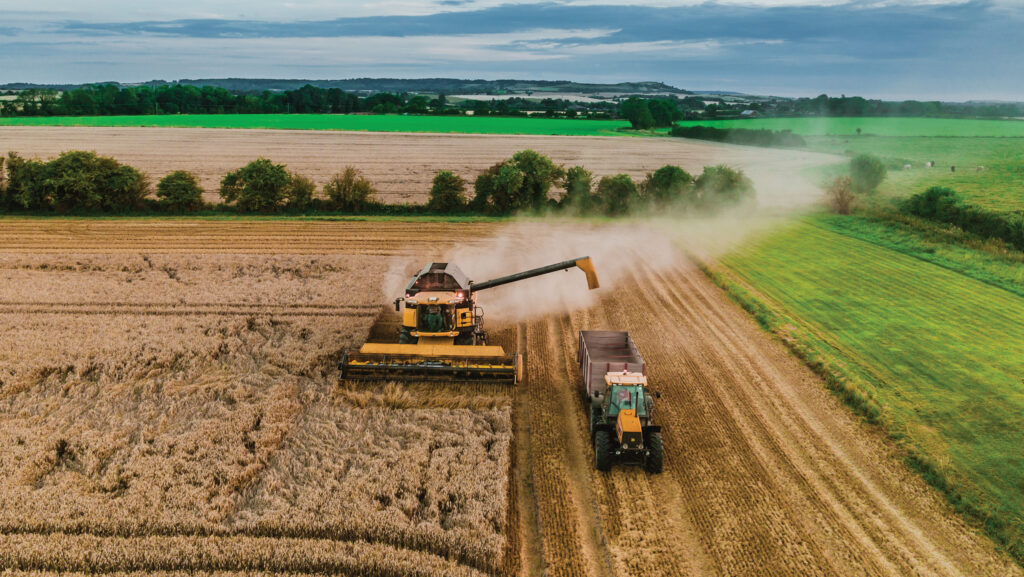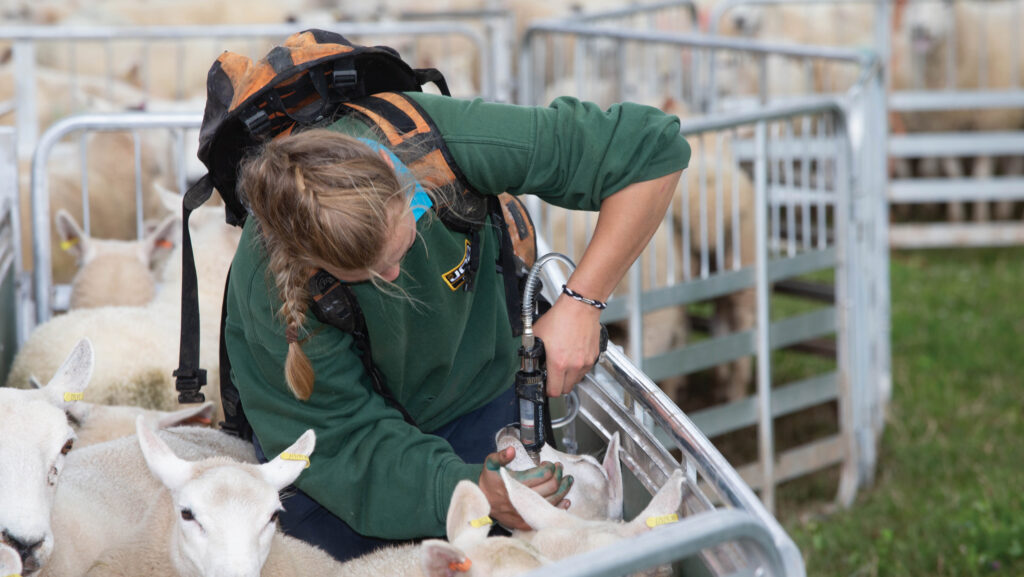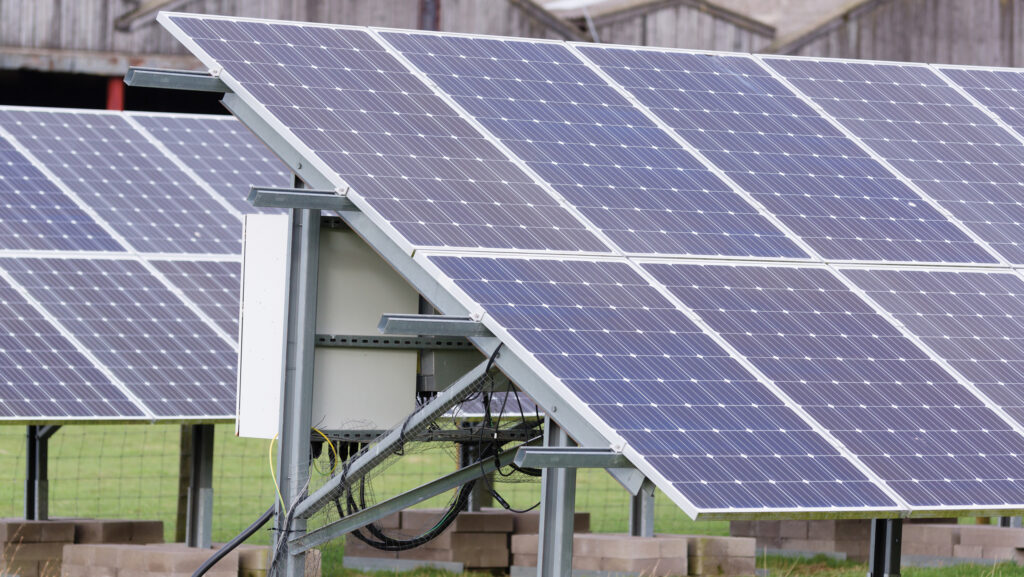Advice on averaging farm profit to smooth out tax bills
 © Chunyip Wong/iStock Photo
© Chunyip Wong/iStock Photo Farming profits can be averaged over two or five years provided certain criteria are met.
This has the advantage of smoothing cashflow on tax and national insurance payments, also potentially saving on both fronts.
It can take a taxpayer out of the higher rate band, or at least reduce the amount on which the 40% rate would be due, and potentially result in a tax refund.
Two-year averaging can be applied where one year’s profits are less than 75% of those of the other year, or the result for one of the years is a nil profit or a loss.
See also: HMRC’s 2024 basis period reforms – what farmers need to know
Five-year averaging can be used where:
- The average of the previous four years’ profits is less than 75% of the fifth year’s profits
- The fifth year’s profits are less than 75% of the average of the previous four years’ profits; or
- In at least one of the years, there is no profit, or the business made a loss.
Losses are treated as nil for the averaging rules, and loss relief remains available, points out Martyn Dobinson, partner at accountant Saffery.
He highlights further rules on averaging claims, which can only be made:
- For farming profits (after any capital allowances claimed), and not for other streams of income such as leisure, rental or renewable energy production – the farming profits will in any case be recorded separately from other income streams on the tax return
- By sole traders and members of a farming partnership (that is, not a company and not a contractor in a contract farming agreement)
- Where none of the years being averaged is the year the business either started or ended
- If the business uses the accruals basis of accounting (from the 2024-25 tax year, if an averaging claim is planned, then the taxpayer or business will need to make an election not to use the cash basis).
“Averaging doesn’t change the tax return or the amount of tax and class 4 national insurance contributions (NICs) you pay in the earlier years of the claim,” says Martyn.
“Instead, the adjustments to your tax and class 4 NICs liability for all years of a claim are taken into account in the latest tax year of the claim.”
Basis period reform and averaging
From the current tax year (2024-25), unincorporated businesses will be taxed on their profits arising in the tax year, regardless of their accounting year. This change is referred to as basis year reform.
As a result, businesses whose accounting year ends on a date that does not fall between 31 March and 5 April inclusive must apportion their profits or losses to match the tax year.
Transitional rules apply so that in 2023-24 businesses will be taxed as follows:
- Profits arising in the business’s accounting period ending in 2023-24 (as usual under the old rules), plus
- Profits for the period from the end of that accounting period until 5 April 2024 (the ‘transition’ profits).
Businesses can deduct any unused overlap profit from the opening years of the business from their transition profits, and any remaining transition profits can be spread over up to five years.
However, transition profits are ignored for the purposes of farmers’ averaging, both when considering whether averaging can be used, and in calculating the averaging adjustment, says Martyn.
Make averaging claim in tax return
Averaging claims are made in personal self-assessment tax returns. Sole traders claim in the self-employment pages and partners in the partnership pages.
Partners claim averaging on their own share of the partnership profits, independently of one another.
Averaging claims must be made within 12 months of 31 January following the latest tax year covered by the claim.
Tax tip – employing family members

Family members aged 13 and older can be paid for work they do on the farm or in another family business, but there are rules to follow.
For example, payments should be at the market rate for the work done and must be at or above the national minimum wage (NMW) rate, although there is no NMW rate for employees younger than 16.
A family member should not be favoured by being paid more than other employees for similar work.
Where the family employee has little or no other income, this can create a tax saving for the business as the wages paid are a business expense and so tax deductible.
For example, in a partnership where the partners are 40% taxpayers and another family member with no other income is paid a wage of up to £12,570 in the current tax year, there is a potential tax saving of up to £4,700.
Pay as you earn (PAYE) reporting may be needed and, depending on the level of pay, employee’s and employer’s national insurance may be due and employers’ liability insurance should be reviewed to make sure it caters for the situation.
Pension scheme auto–enrolment may also be necessary.
Source: Hazlewoods accountants
Tax tip – energy efficient equipment

© Adobe Stock
Businesses can claim a 100% first year capital allowance against the cost of a wide range of energy efficient equipment in the year of purchase.
The is in addition to the £1m annual investment allowance.
Items eligible for this relief must be on the government’s Energy Technology List (ETL), which includes more than 8,000 independently verified and accredited energy efficient products, backed by the Department for Energy Security and Net Zero (DESNZ).
The ETL enables buyers to compare product features and performance. Products listed have met a robust set of criteria and are ranked in the top 25% of the market for energy efficiency in their class.
The categories include:
- boiler equipment
- combined heat and power kit
- compressed air equipment
- energy monitoring
- hand dryers
- heat pumps
- heat recovery ventilation units
- lighting
- motor drives and fans
- pipework insulation
- professional food-service equipment
- radiant and warm air heaters
- refrigeration equipment
- solar thermal collectors
- uninterruptible power supply kit
- waste heat to electricity conversion equipment
- wastewater heat recovery systems
More details on the ETL website etl.energysecurity.gov.uk/
